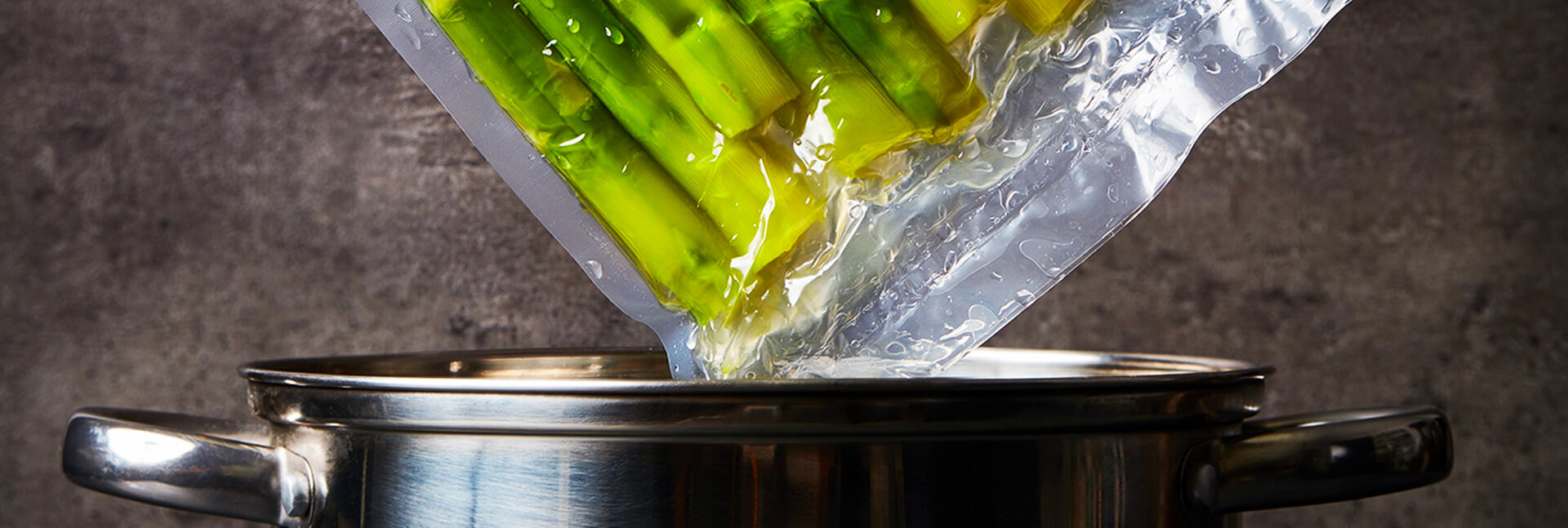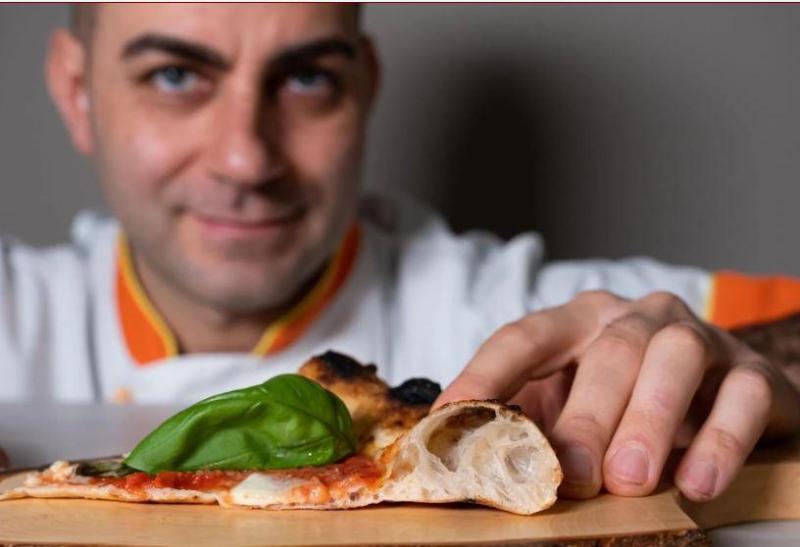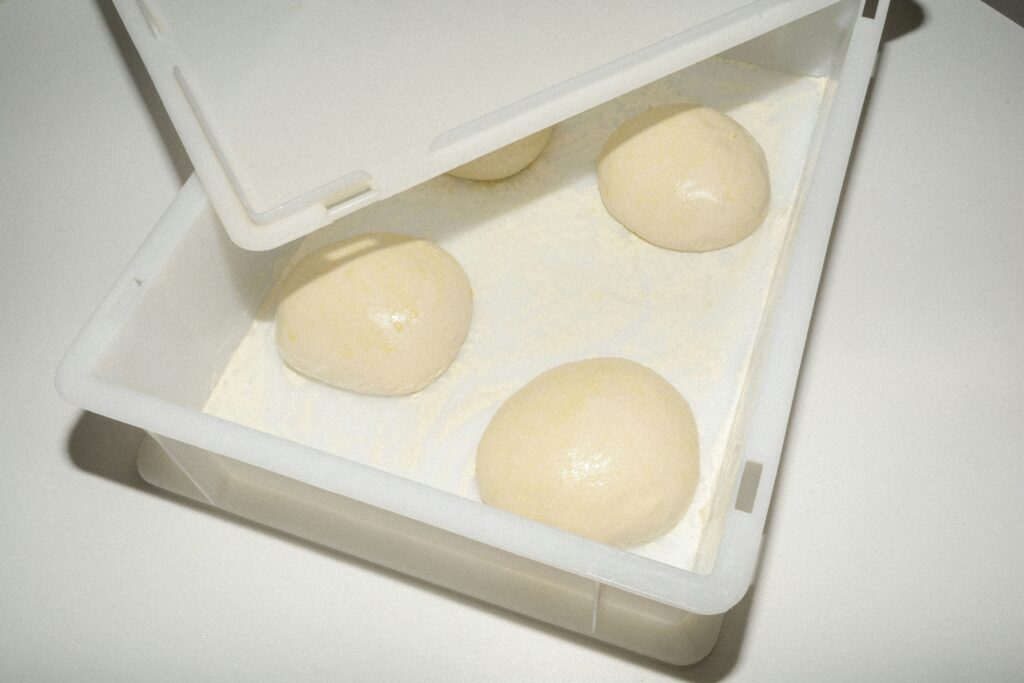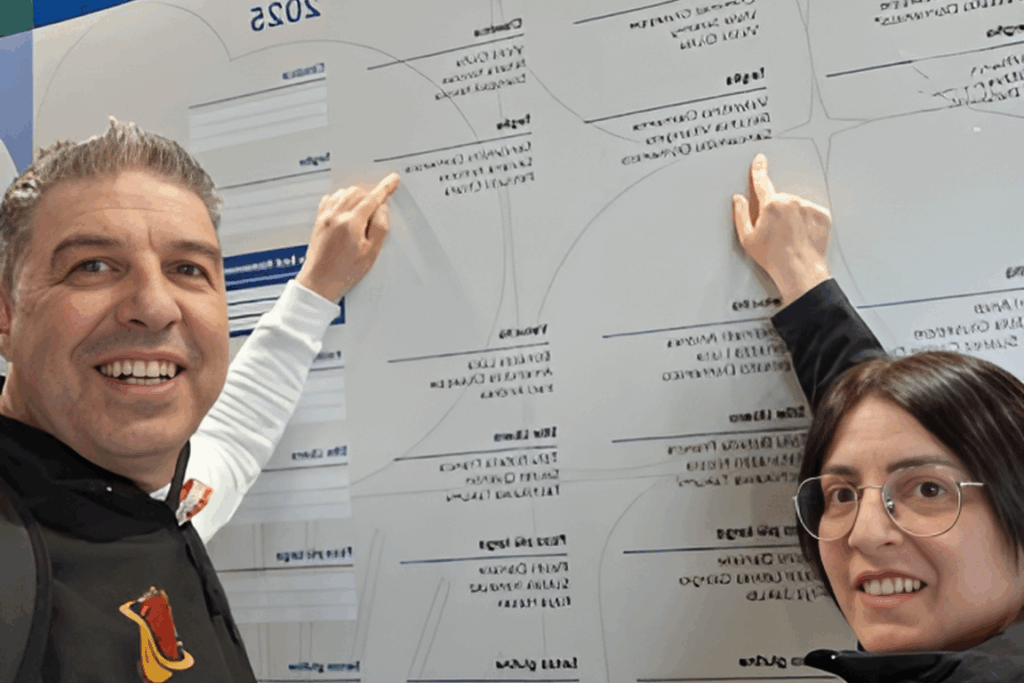
Grilled, baked, boiled or fried, vegetables are among the most popular ingredients used to top pizzas. Let’s discover together how to preserve them better and always have the right quantities available.
Vegetables are suitable for many different cooking and preparations; they are the starting point of pizzas and are combined with many other ingredients: fresh or seasoned cheese, sausages or fish. Vegetables are extremely versatile; this implies an important amount of work for daily or weekly preparations, as well as care in preserving the taste harmonies of the pizza.
According to traditional cooking, direct contact is used for grilling, immersion in a liquid for boiling or frying and hot air in ovens for cooking food by convection, with the help of oven fans in home ovens or flame in wood-fired ovens.
Vacuum cooking differs mainly because the food is cooked under vacuum immersed in water in a PA (polyamide) bag with a PE (polyethylene) layer inside that is in direct contact with the food. The heating element (water or steam) maintained at a controlled temperature directly heats the vegetables bag, transmitting heat to the food, without nutritional principles being dispersed in liquids or on cooking surfaces.
If in pizzerias the menus are mostly seasonal, vacuum cooking can become an essential support because it counteracts the problems of variable availability of the product. Let’s see below the benefits of vacuum cooking:
-
No risk of burning the food
-
You avoid overcooking the food.
-
You preserve the nutritional principles
-
Less weight loss after cooking
-
Standardization of recipes
-
Simplification of weekly work

A concrete example is asparagus, as the classic boiling would risk damaging the tips, making them excessively soft.
Vacuum cooking helps asparagus to keep its peculiar structure and to guarantee the right consistency of the tips, avoiding deterioration due to overcooking and contact with excessively hot water.
How asparagus should be vacuum-packed? After been cleaned, the asparagus must be vacuum-packed with 10 g of salt, 30 g of water and 1 g of pepper per kg of asparagus, and then they must be cooked at 92° for 30 minutes and immediately cooled in a blast chiller.
Each vegetable has its own ideal cooking temperature and timing, in order to preserve color, appearance and crispness; for example, peppers should be cooked at 80 degrees for 40 minutes, onions at 65 degrees for 30 minutes and artichokes at 70 degrees for 50 minutes.
Finally, a very important aspect is the possibility to customize the final result, modifying the cooking temperatures to increase or decrease the desired consistency.
There are also types of vegetables that do not require cooking, or those that must be preserved, for example, after being grilled; for these needs, vacuum-packing helps us through modified atmosphere packaging (MAP), which consists in substituting air with an inert gas that guarantees and prolongs preservation.
There are also special packaging machines that create heat-sealed containers, which are practical to be placed in the refrigerator and ready to be put in the display case or to be sold to the client.
In short, the vacuum packing technique helps to better organize the work of the pizzeria, as it limits waste, decreases working hours and reduces space in the refrigerator. Every pizzeria has its own specifications, its own recipes and its own preparations, but certainly every one of them needs to improve the preservation of the food without ruining it. Unlike deep-freezing, vacuum-packing guarantees the immediacy of the product, as there is no need to defrost it. The duration times are shorter and by preparing ingredients and obtaining a greater preservation in terms of time, and at a positive temperature, pizzerias can satisfy some small needs that then improve the whole work organization.



